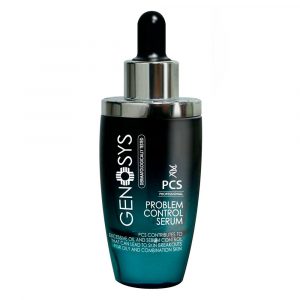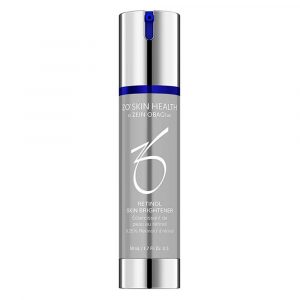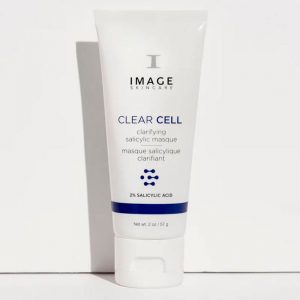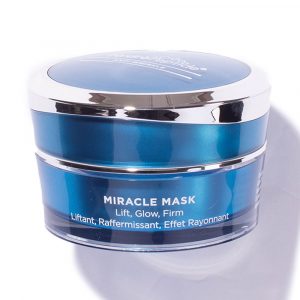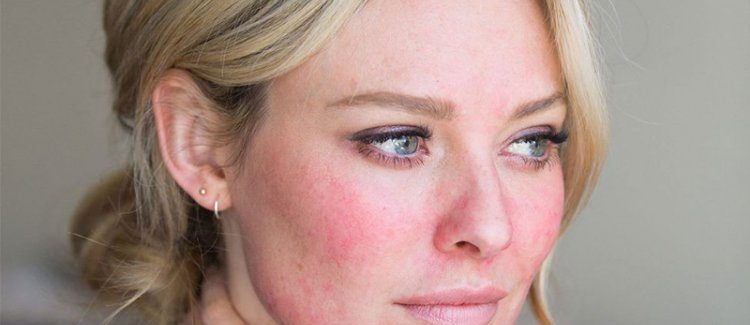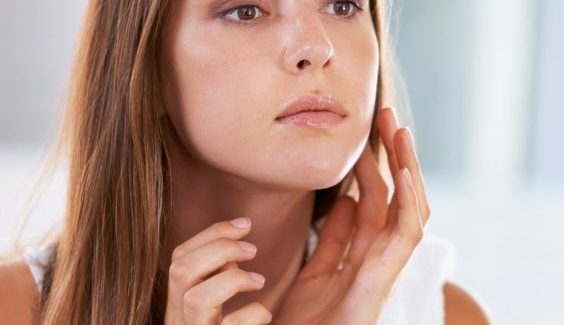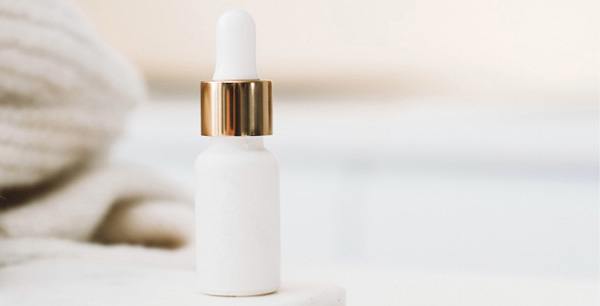Acne
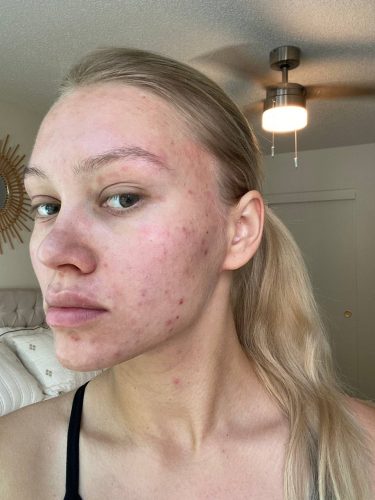
Acne is a multicomplex disease. There is no single cause that causes pimples.
Acne is an inflammatory disease of the pilosebaceous complex.
Pilosebaceous complex is the anatomical structure of the pore. It includes a hair follicle, a hair lifting muscle, and a sebaceous gland
Pathogenesis of acne is generally a complex process that involves androgens (sex hormones), the skin microbiome, the body’s immune response, and genetics and lifestyle factors.
International associations of dermatologists identify four factors that are responsible for the acne appearance:
- Increased secretion of sebum by the sebaceous glands, as well as a change in its composition;
- Blockage of the flow of the sebaceous gland with dead skin cells;
- Increase in the number of bacteria C. acnes in sebaceous glands;
- Development of an inflammatory reaction in the hair follicle.
So, we understood the main factors.
But what processes in the body make it so that all these factors come into force? Why do pores generally start producing more sebum than they need?
The most common cause of acne for both men and women is hyperandrogenism.
Androgens are sex hormones.
Hyperandrogenism can be expressed in the increased sensitivity of the sebaceous glands to normal and even reduced levels of androgens in the body.
An increase in androgen levels in the blood can be permanent – for example, with polycystic ovaries (PCOS).
The high sensitivity of the sebaceous glands to normal levels of androgens is often genetic – there are no diseases behind it.
And how do androgens generally affect the sebaceous glands?
Our sebaceous glands have androgen receptors – special molecules on the surface of cells. They are activated by androgens – the hormones testosterone and dihydrotestosterone. These hormones stimulate the growth of the sebaceous glands and their excretory function. When there are too many androgens (or when our receptors are too sensitive to them), the sebaceous glands begin to produce more sebum. This starts a chain reaction that leads to acne.
A disorder of the skin microbiome is developing. Disbalance leads to
that pathogenic strains of C. acnes that cause inflammation begin to multiply actively. And, unfortunately, it is these strains that often have the antibiotic resistance gene. Therefore, topical or oral antibiotic treatment, which is still prescribed for many people with acne, is often ineffective.
The acne treatment scheme is selected by the doctor at a personal consultation.
But home skin care plays an important role.
Skincare routine for acne prone skin
1. Cleansing
The American Dermatology Association recommends people with problematic skin to wash their face twice a day (morning and evening) and after you sweat.
Excluded: scrubs, they can “spread” the infection, increasing the rash
Recommended: mild products, with a pH below 7, with an acidic, not alkaline environment.
Acidic products are closest to the physiological pH level and do not destroy the hydro-lipid protection of the skin.
The following products are perfect
-

GENOSYS SNOW O2
330,00 AED -
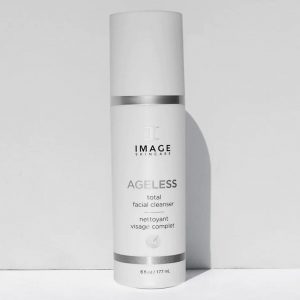
IMAGE skincare AGELESS total facial cleanser
180,00 AED -
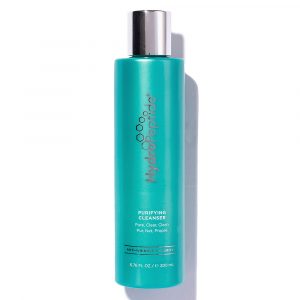
HydroPeptide Purifying Cleanser: Pure, Clear & Clean
300,00 AED
2. Toning is an important step in cleansing, you should add toners with soothing ingredients, such as aloe vera, probiotics, acids. Toner should be strictly selected according to the condition of the skin.
-
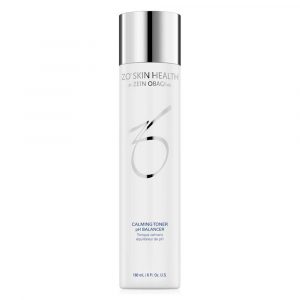
Zein Obagi Calming Toner pH
231,00 AED -
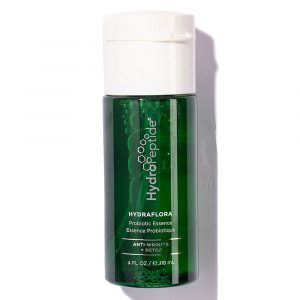
HydroPeptide Hydraflora Probotic essense
355,00 AED -
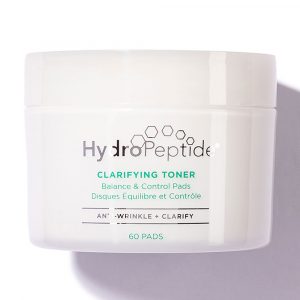
HydroPeptide Clarifying Toner: Balance Control Pads
260,00 AED
3. Application of serum with actives for acne treatment
4. Many owners of oily and problematic skin want to dry it with alcohol toners or wash themselves to a squeak. But often after such care the skin condition only worsens. This is due to the fact that aggressive agents violate the hydrolipidic barrier of the skin, and bacteria rapidly enter it, and moisture rapidly leaves the epidermis. And such conditions are a favorable environment for the reproduction of acne bacteria.
That’s why it’s important to add a moisturizer to your routine.
-
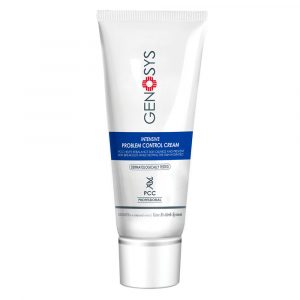
GENOSYS INTENSIVE PROBLEM CONTROL CREAM
290,00 AED -

IMAGE skincare CLEAR CELL mattifying moisturizer
394,00 AED -
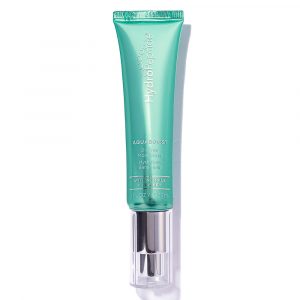
HydroPeptide Aqua Boost oil Free hydrator
360,00 AED
5. SPF Protection for acne prone skin should be applied daily before going outside, non-comedogenic products should be preferred
6. A night cream with actives should include therapeutic components such as retinol, niacinamide or acids, due to which the main acne therapy is carried out.
7. Mask can be used 1-2 times a week in skin care routine. There are masks with acids, there are cleansing and moisturizing ones. The following products are perfect for skin care:






